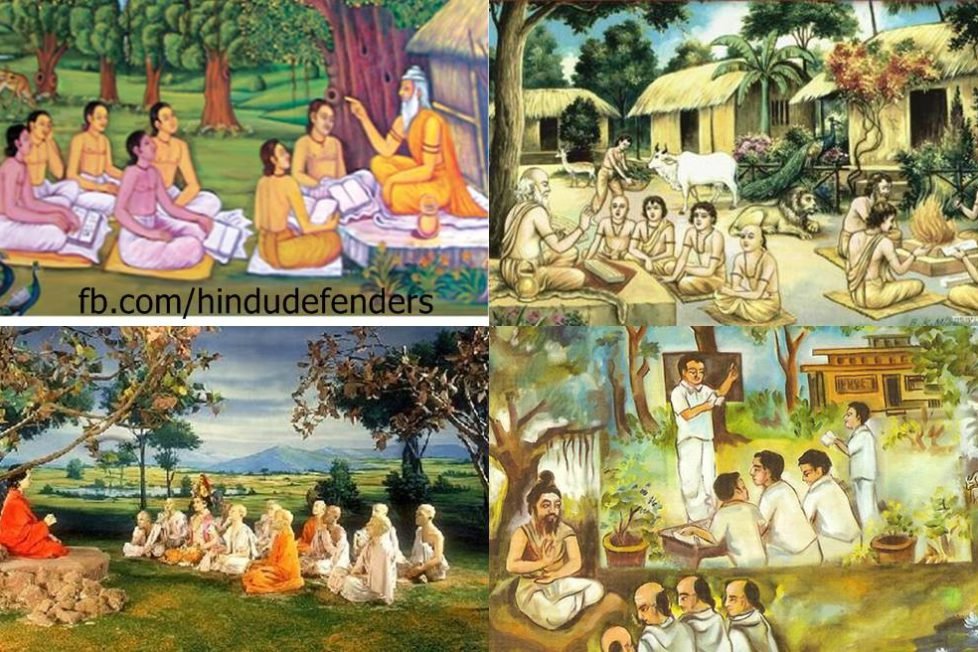A Previously Forgotten 120-Year-Old Whitepaper On Introducing Sanatana Education In Indian Schools is still valid & ought to be implemented today.
At the height of British colonial rule in 1902, a [trailblazer] Hindu thinker, Sri Sundararaman authored a brilliant essay advocating the introduction of Sanatana education in our schools to combat the Bible education that was fast spreading. [Replace NCERT garbage ASAP.]





